To celebrate international women's day we bring you some favourite articles from the last year that have been written by (or with major input from) female mathematicians and physicists. From the maths of rumour spreading, to the maths behind the Nobel Prize in Physics, there's lots for you to read.
We're also proud to announce that we are working with Carola-Bibiane Schönlieb on a photo exhibition portraying female mathematicians. Stay tuned for the photos and short interviews with the women to appear here on Plus!
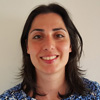
Blood, oil and water — Sara Zahedi won a prestigious prize at last year's European Congress of Maths, which took place in Berlin in the summer. Your future medical diagnoses, and even the welfare of sea life, may depend on her work.
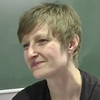
What the eye can't see — Carola-Bibiane Schönlieb works on the maths behind image analysis. It's got a huge range of applications, from developing cancer treatments to looking after the Earth's forests.

The maths of rumour spreading — Martha Bozic explains how mathematical models designed to understand the spread of infectious diseases can also predict how fast a rumour will spread and how many people it's likely to reach.
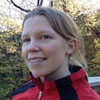
The shape of things to come — Last year's Nobel Prize for Physics brought together the physics of materials with one of our favourite areas of maths – topology. Fiona Burnell helped us understand the details.
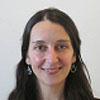
Time in a block Universe — Physics tells us that we live in a block universe, containing all of the past and all of the future. What does this perspective mean for our understanding of time, events, and free will? Marina Cortês explained the tricky concept of a block universe to us.
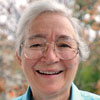
How Euclid once ruled the world — Judith Grabiner explores how Euclid's ancient geometry interacts with all aspects of human thought and life.
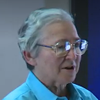
How new geometries reshaped our world — The 19th century experienced a geometrical revolution. Judith Grabiner explains how the new geometries that were discovered shaped philosophy, science, culture and art.